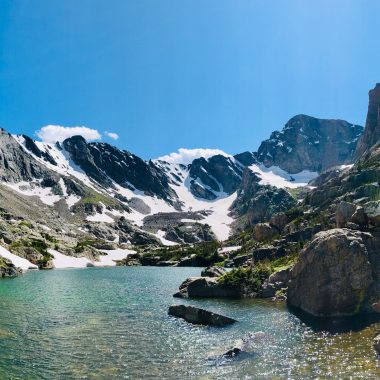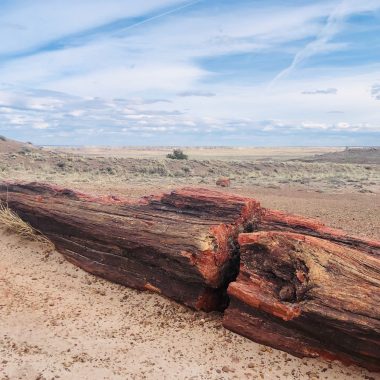Far from home on the Rio Grande
Deep in the heart of Far West Texas lies one of the most unique experiences in the National Park system– Big Bend National Park. Big Bend sprawls across over 800,000 acres of desert, mountain, canyon, and riparian terrain, including over 118 miles of the Rio Grande. With a four to five hour drive from the nearest major airport in El Paso, and far from the hustle and bustle of the West Texas oil boom, Big Bend takes you away from it all.
Entering Big Bend from the north, you roll through miles and miles of empty, scenic desert– about three hours driving from Fort Stockton if you’re coming from the west on I-10. The journey is just long enough of a transition for your senses to become perfectly primed for the spectacular sights that greet you as you enter the park. Once you enter the park from Hwy 118, you still have another 15 miles or so of driving before reaching any park facilities. The first of which lie at the base of the Chisos Mountains, which tower over the surrounding desert like a natural citadel.
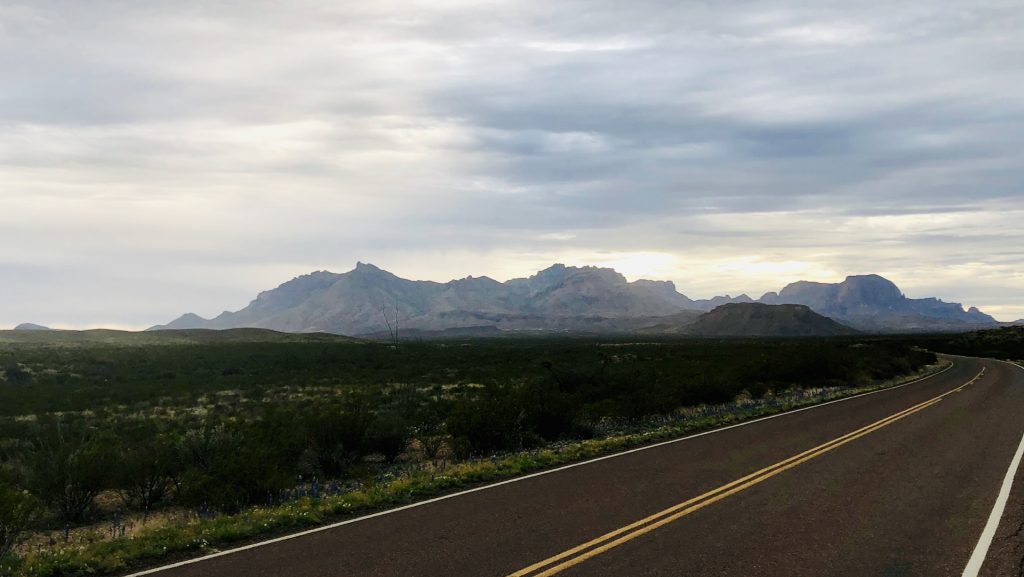
The Chisos Mountains
With peaks over 7800 feet, the Chisos Mountains rise nearly 6000 feet above the Rio Grande. The main visitor center at Panther Junction sits at the northern base of the range. From Panther Junction, it’s just over nine miles to reach Chisos Basin, located in the heart of the Chisos Mountains. Chisos Basin has another small visitor center, campground, lodge with store, and serves as the hub for backpacking and hiking in the Chisos Range. I made the Chisos Basin campground my basecamp for this visit, but you can choose your own adventure at Big Bend with campgrounds located on the Rio Grande, or in the desert backcountry. During spring and summer Chisos Basin offers a welcome respite from the heat down in rest of the park. Temperatures can vary dramatically here. Visiting in early March, the temperatures were a balmy low-70s at high elevation in Chisos Basin, but surpassed 90 degrees at Rio Grande Village, just 30 miles away.
The Window
There are many hiking options in the Chisos Mountains. From the Visitor Center you can take a short paved walk on Window View Trail to a scenic overlook above one of the basin’s top highlights– the Window. The Window is a large notch in the basin wall where Oak Creek pours out into the desert below. This is one landmark that really lives up to its name.

If you’re feeling more adventurous, you can continue on to the Window trail, a 5.6 mile out and back, which descends all the way down the basin to the Window itself. You can literally walk right up to the Window’s edge, where Oak Creek pours over. The last part of the trail is slick rock, so don’t get too close to the edge when you get there. Some of the other hikers were making me nervous with their selfies at the edge. Here’s a look from a few feet back.

Rio Grande Village
The next day, I headed down to Rio Grande Village. The village is in the southeastern corner of the park about 20 miles from Panther Junction. Along the way you’re treated to beautiful vistas and an array of desert plant life. I arrived just in time to see both the bluebonnets and Yuccas blooming en masse. The Yucca blooms hoist themselves up on top of the trees with a foot or taller bunch of white and rose colored flowers.
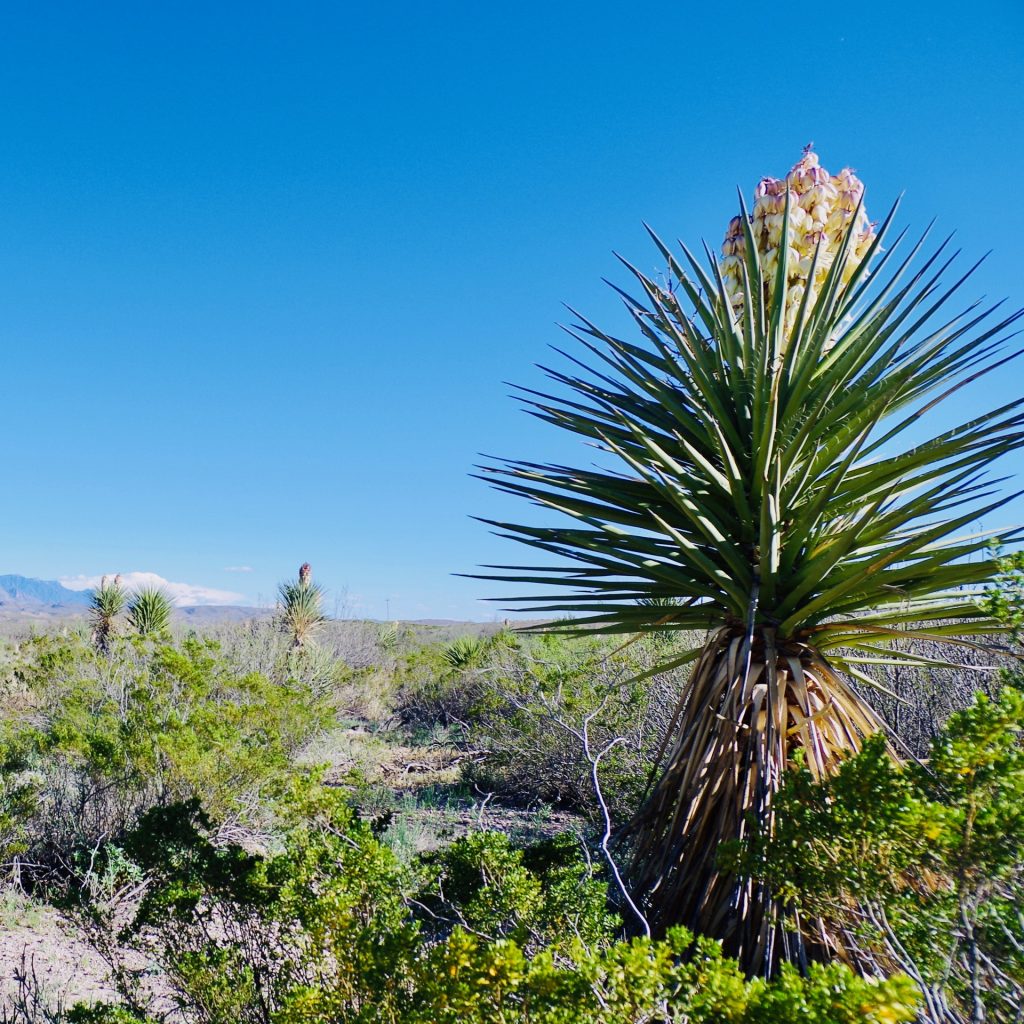
At Rio Grande Village, there is another small visitor center (which closes for the hot, hot summer), a campground (including one with RV hookups), and a village store (the largest store in the park). You can also do a river crossing into Mexico to a little town called Boquillas del Carmen. Make sure you bring your passport to get through the border patrol checkpoint. Because of logistics that day, I couldn’t do the crossing, but have heard from others it’s a charming and eclectic day trip into what is an isolated corner of Mexico. There are also a number of hiking options here. You can do a short nature walk from the visitor center or do one of the longer trails into Hot Springs Canyon or Boquillas Canyon.
Boquillas Canyon
Boquillas Canyon trailhead is accessed via a short 2 mile dirt road just north of the Visitor Center. The hike itself is only 1.4 miles out and back, but with elevation gains and hot temperatures it can feel much longer. Big Bend is most well-known for Santa Elena Canyon, which is very popular on Instagram for it’s dramatic, steep cliffs cut by the Rio Grande. Having been to both, I can say Boquillas Canyon, with its 1200 foot vertical walls, is just as dramatic as Santa Elena. Boquillas Canyon doesn’t reveal its drama until you’ve done a little work hiking alongside the Rio Grande. Because of the way the canyon walls line up, the Canyon itself is hidden from view until you reach its mouth. Go in the early-late afternoon for perfectly back-lit photos looking up into the canyon.
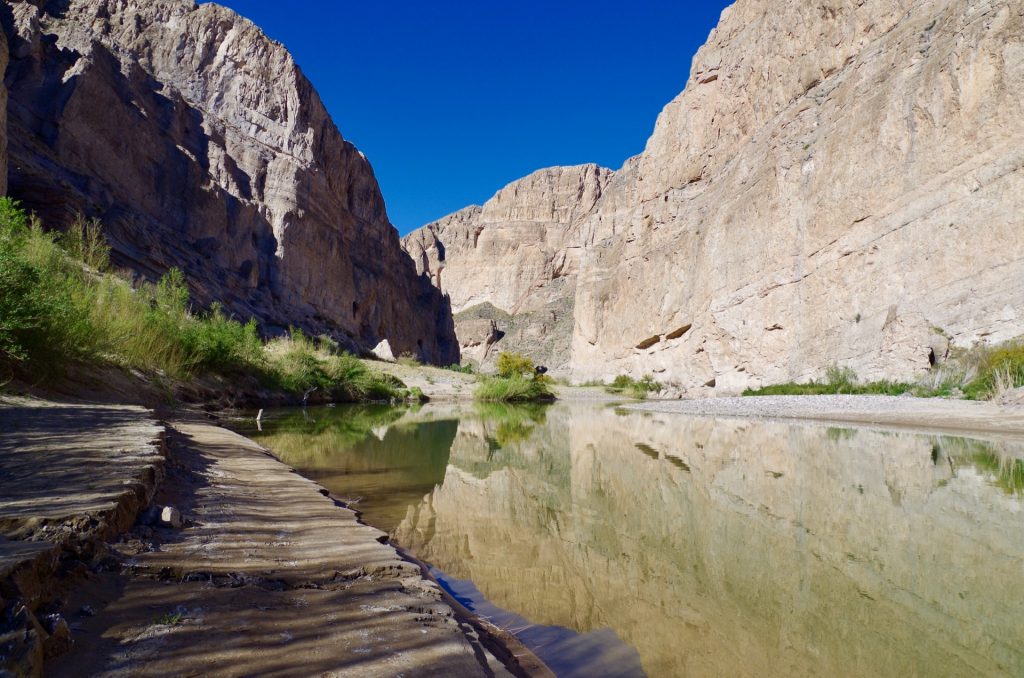
Santa Elena
Santa Elena Canyon is located in the southwestern corner of the park. To get there you take the 30-mile long Ross Maxwell Scenic Drive which passes a number of scenic overlooks and historic points of interest in the park. Plan on at least a half-day journey to Santa Elena and back if you want to see all the points of interest and do the canyon hike. Once you arrive at Santa Elena, there is a small parking area with restrooms just a short distance from the trailhead on the bank of the Rio Grande.
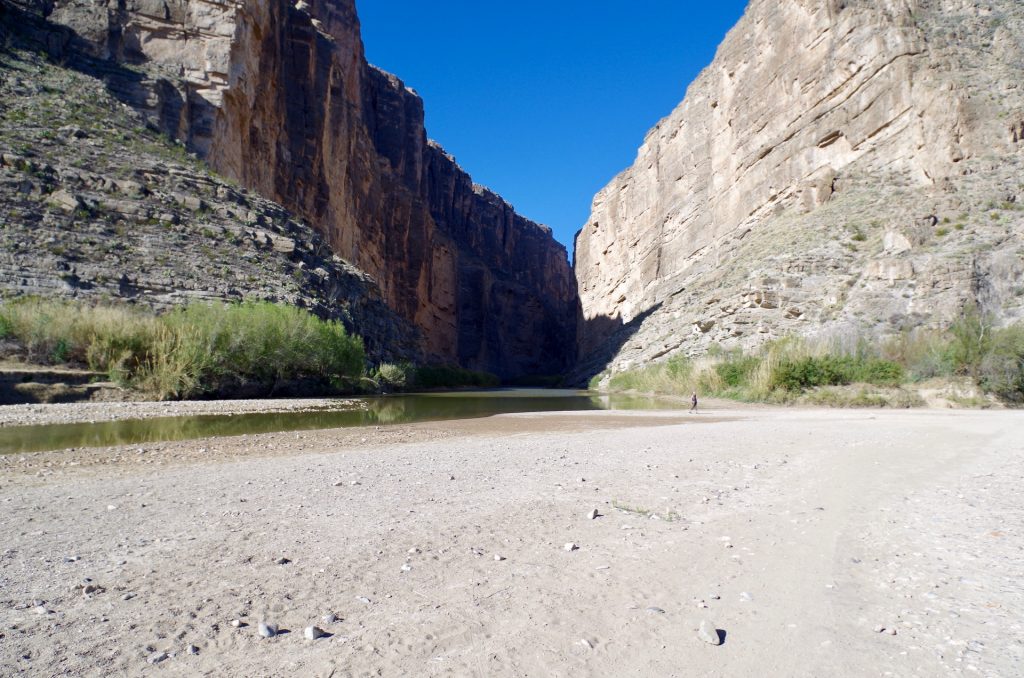
Once on the bank of the Rio Grande, Santa Elena reveals itself. From there you can take the Santa Elena trail and hike about .5 miles into the mouth of the canyon. The trail takes you up a set of steep steps and then drops backs down to follow the narrow banks of the river. The 1500 foot tall walls envelop you as you trek deeper, until the river bank finally gives way to the Rio Grande. The only way to go further is by boat or kayak, which requires a permit from the Park Service.
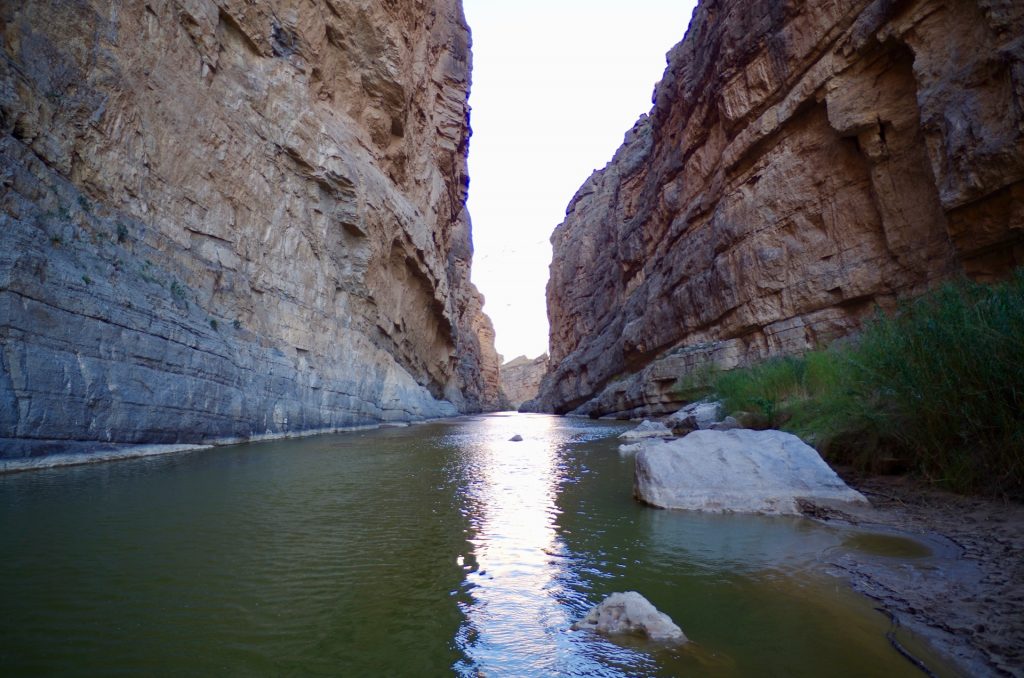
Castolon Historic District
On the way back from Santa Elena, just a few miles up the road, you’ll see what looks like a compound of buildings sitting atop the high ground overlooking the Rio Grande. This is the Castalon Historic District. As isolated as the area feels now, there once was a small farming community here. In the early 1900’s, during the Mexican revolution, some Mexican farmers and their families took refuge in the area, often working side by side with US farmers. The US Army built most of the buildings at the Castolon compound and planned to use it as an outpost to help defend the border during the Revolution. By the time the buildings were finished the Revolution had ended and they were never occupied. The main barracks became the La Harmonia store which, amazingly, still operates today. Castolon has a small museum in the visitor center which documents the human history of this distant corner of America.

Big Bend is one of those hard-to-get-to, but incredibly rewarding destinations in the National Park system. While a destination in its own right– Big Bend is also just a short drive from Marfa, Texas and a half-day drive from two other National Parks– Guadalupe Mountains National Park in Texas and Carlsbad Caverns in New Mexico. I did all three parks, along with a stop in Marfa, for the ultimate West Texas getaway. If you’re looking for something far from home– and far from the everyday– Big Bend offers a surprisingly exotic option for getting away from it all.



